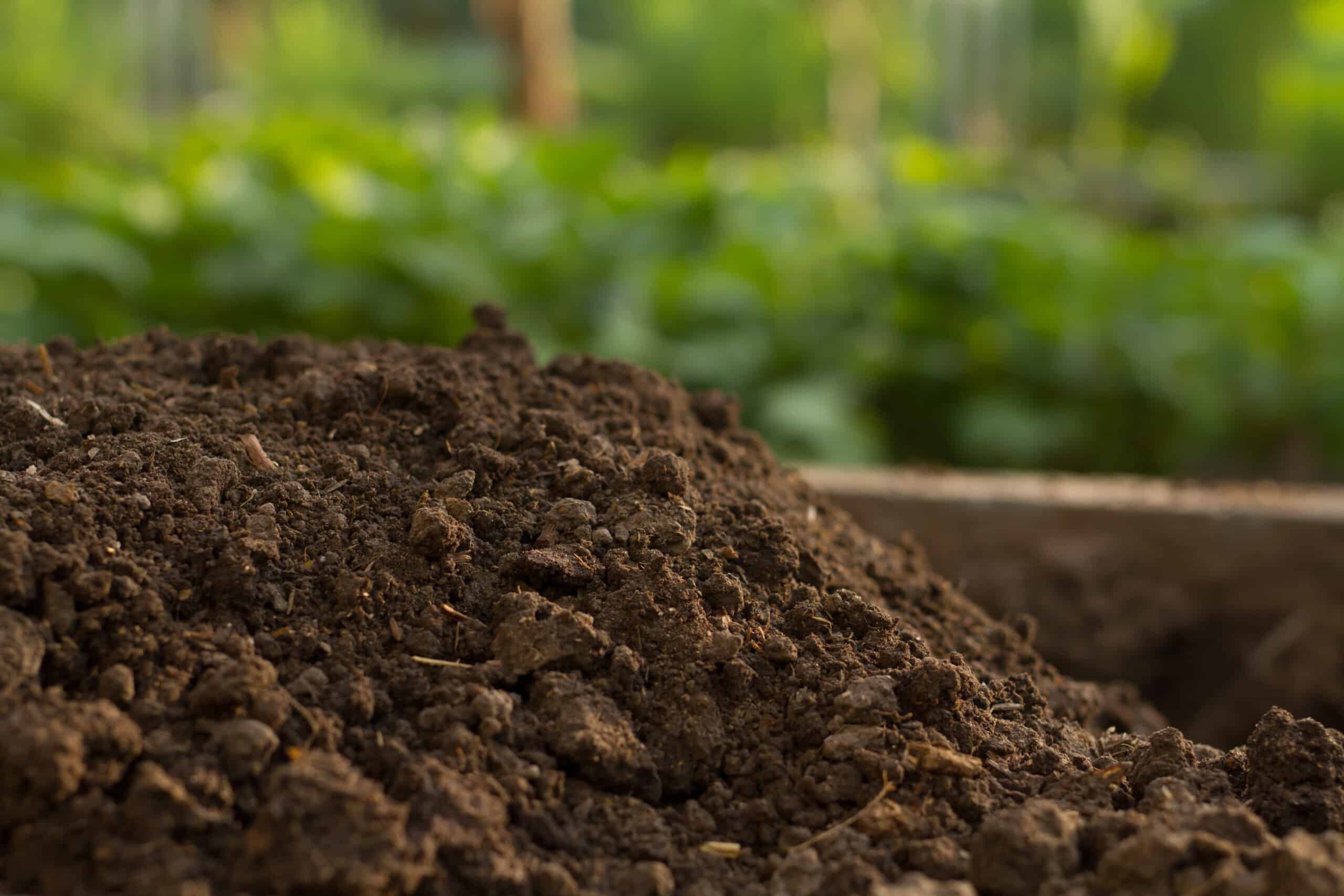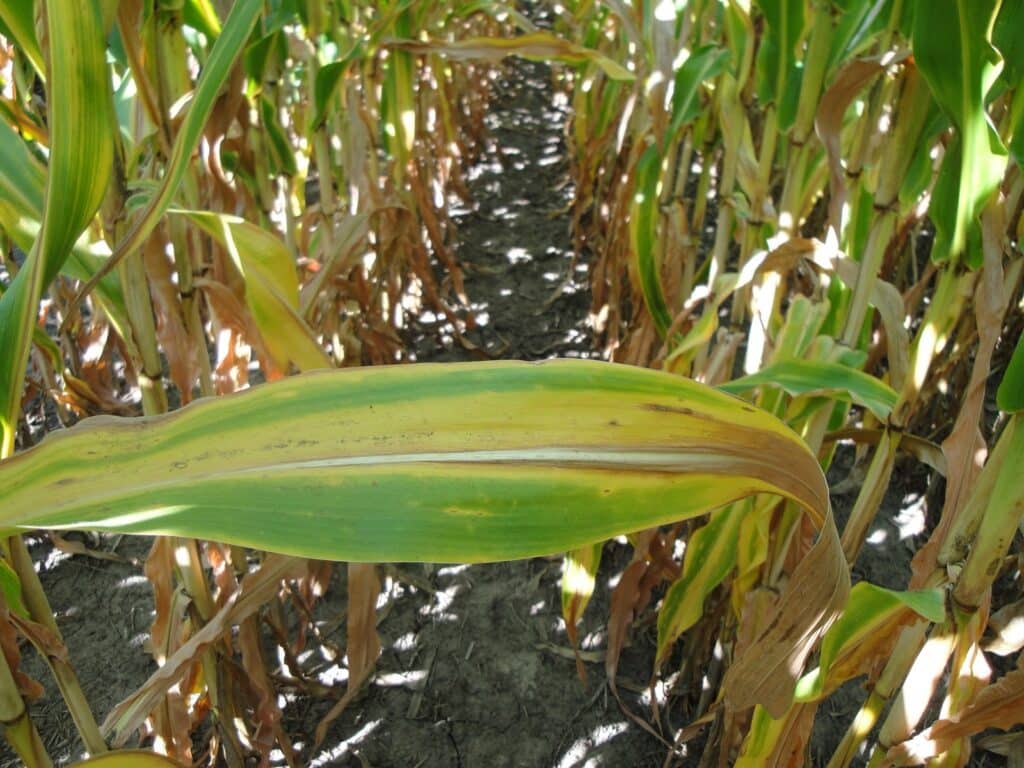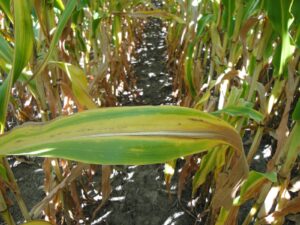Apr 25, 2024



Every farm and every field is unique, but no matter your state, your crop, or your operation, you’re likely facing two huge challenges this season: record-breaking fertilizer costs and extreme soil moisture conditions, either drought or flooding. The bad news is these challenges don’t look like their going anywhere anytime soon. The good news is focusing on your soil’s health and managing your soil’s biological sphere is a smart and natural way to mitigate the impact of these challenges, improve nutrient use efficiency, and protect your crop’s potential yield.
Most growers are accustomed to utilizing chemical (i.e., applying fertilizer) and physical (i.e., tillage) management practices on their farms. While implementing biological management practices are new for many growers, incorporating all three types of management practices help improves your soil’s overall health for both current and future crops.
Why is your soil’s biological sphere, and it’s overall health, particularly important in the face of this season’s challenges? Because efficient nutrient management and soil moisture are intrinsically linked, and the soil microbiome positively affects them both.
Did you know 75% of microbes that make up your soil’s microbiome, such as bacteria and fungi, are starving on your farm? Beneficial microbes do important work for your soil and your crop, but when they are starving, part of their survival strategy is to go dormant until a balanced meal can be delivered to wake them up and put them back to work. Research supports improved soil biology and optimized soil health can positively influence fertilizer use efficiency and yield goals. In short, a healthy microbial community has individual members (e.g., species) that can contribute directly to plant nutrient availability. For example, some nitrogen fixing bacteria can make more nitrogen available from the air. Others have the chemical machinery to unlock phosphate and potassium from tied up soil sources to more plant available forms. Thus, microbes can help you get more out of your fertilizer inputs and into the crop where you need them, instead of being lost to the environment or tied up with other minerals. The key is to deliberately manage the microbial community.
Biological management practices can include adding living biology to the soil, or simply feeding and waking up the soil microbiome in your soil on your farm. Growers implementing biologicial management practices report positive results to utilize bacteria and fungi to their advantage in their soil. One key advantage of having an improved living component of the soil and better soil health is improved fertilizer use efficiency (or more yield per unit of fertilizer applied).

Getting the right amount of moisture is essential for a crop’s growth, not only because plants need water to live, but because water is the main “vehicle” plant roots use to uptake nutrients. Soil moisture and temperature play vital roles in nutrient uptake and fertilizer use efficiency. Additionally, water productivity makes nutrients more “mobile” – thus allowing nutrients to move through well-structured soil to where they are needed.
A water deficit has an important effect on the acquisition of nutrients through the roots and their transport to the rest of the plant. Drought-stressed plants uptake less nitrogen, and even mildly drought-stressed plants restrict their phosphorus uptake. Decreased soil water availability results in limited total nutrient uptake of both nutrients available in the soil and liquid or dry fertilizers added to the soil.
At the same time, soils too wet or poorly drained are susceptible to nutrient loss through leaching, erosion, and denitrification. Active beneficial microbes improve soil structure and soil organic matter, which in turn optimize water infiltration and drainage, adding value across the soil moisture spectrum and helping your crop access applied nutrients for optimized yield.
Abundant and diverse soil microbial communities improve nutrient availability, uptake, and transport. Soil moisture is a key player in nutrient management and nutrient use efficiency – both NASA and the agricultural science community are innovating to find the best way to map soil moisture changes to help growers apply crop inputs efficiently and, at the right rate and time, take advantage of optimal soil moisture for fertilizer application. Understanding what your soil needs and when is essential, and managing the biological sphere of your soil with that knowledge can help protect and support grower yield goals.
Feeding your native soil microbes with PhycoTerra® is an excellent way to boost your active microbiome and support soil health.
In short, an active microbiome allows healthy soils to stretch fertilizer dollars further, positively impacting soil structure, water holding capacity, and nutrient mineralization – all of which together improve nutrient uitilization and reduce nutrient losses to the environment.
Interested in learning more about the different ways to manage the biological sphere of your soil? Check out our recent webinar explaining carbon products, biologicals, and biostimulants.
Learn how addressing the biological sphere can accomplish different grower goals on the latest AgNet West podcast.
Featured image credit: University of Minnesota Extension